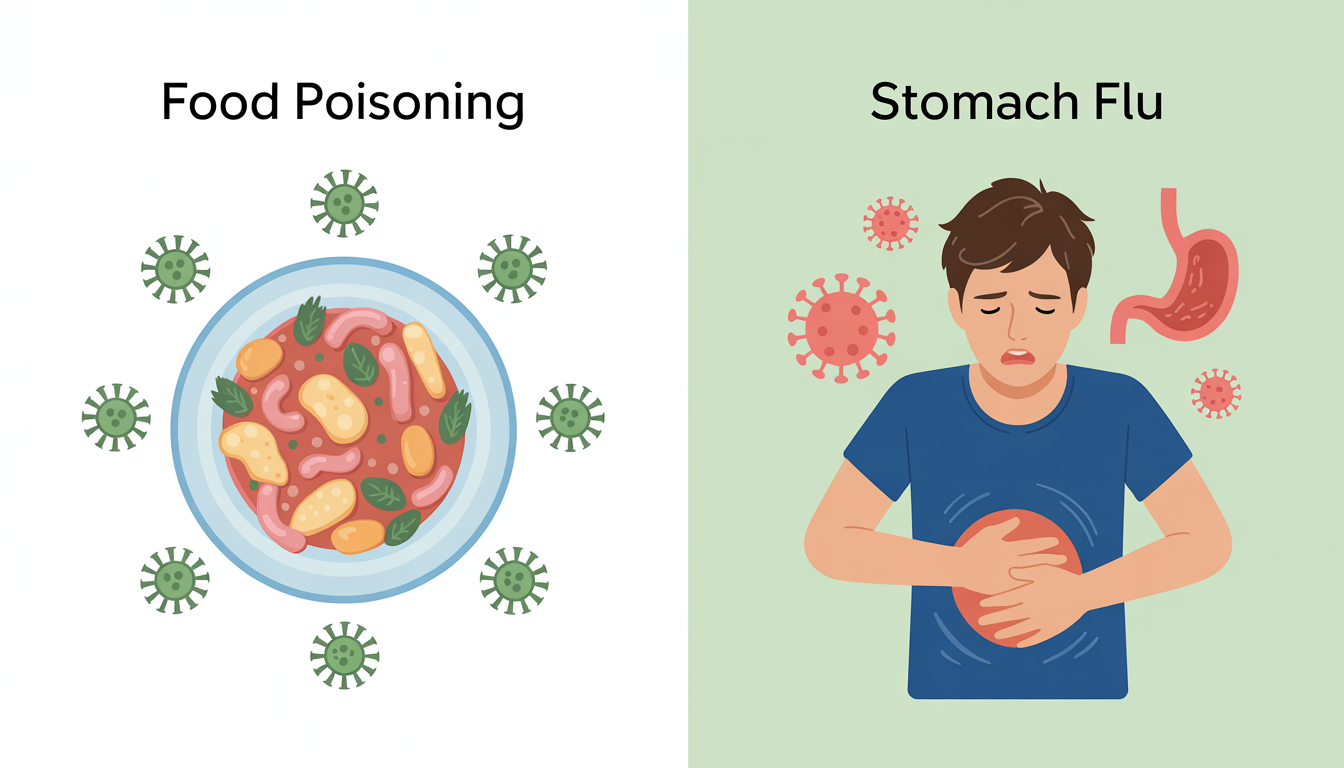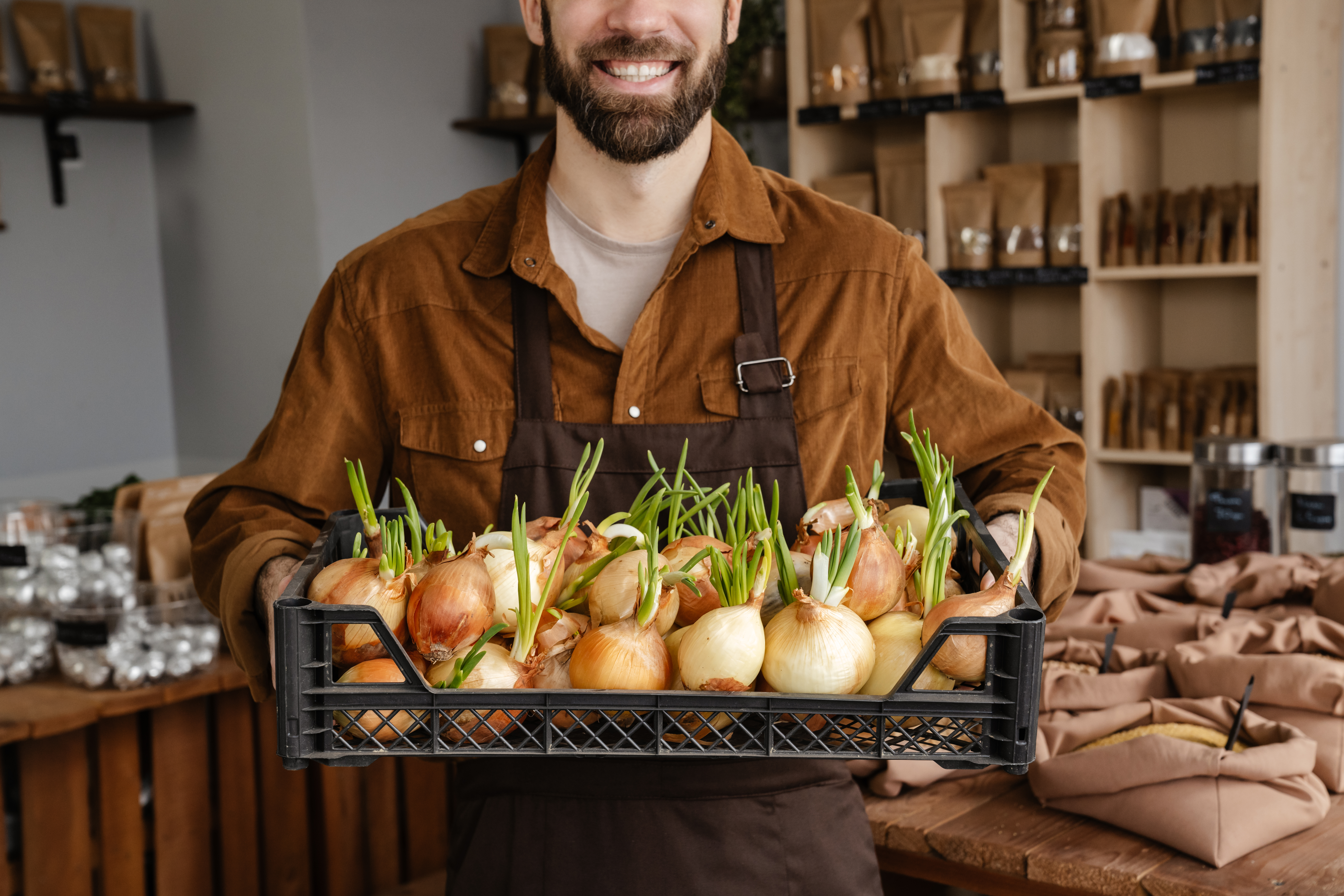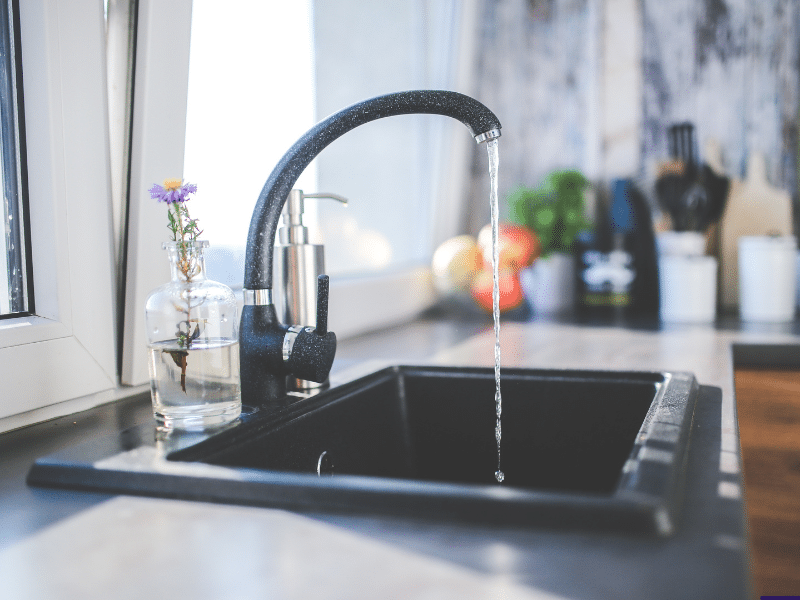KEY TAKEAWAYS
- Salmonella is a bacterium causing foodborne illness, transmitted mainly through undercooked poultry, eggs, and meat, and by contact with animal carriers.
- Preventative measures include proper food handling, sanitation, cooking foods to recommended temperatures, and avoiding cross-contamination.
- For businesses and home cooks, key practices include buying from trusted sources, washing hands and surfaces, and separating raw meats from other foods.
Salmonella is a bacteria that can cause the foodborne illness salmonellosis. It causes more deaths and hospitalizations than any other type of food poisoning, according to the FDA. The most effective salmonella prevention involves proper food handling and sanitation.
Salmonella Symptoms
Salmonellosis typically emerges six hours to six days after exposure and can last four to seven days. In some cases, symptoms develop several weeks after infection, and some infections persist for several weeks. Salmonella symptoms include the following:
- Diarrhea
- Nausea
- Vomiting
- Abdominal pain
- Fever
Most people recover without complications in four to seven days without treatment. However, salmonella infection can lead to long-term complications in some people, such as reactive arthritis, a painful condition that is resistant to treatment. It causes pain in the joints, eye irritation, and painful urination. It can last for months or years.
Salmonella can also lead to life-threatening complications, including dehydration, sepsis, and death. It is more common in children under five, infants who are not breastfed, and people who take medication to reduce stomach acid. Adults over 65, infants, and people with weakened immune systems have the highest risk of severe infections. Antibiotic therapy is often recommended for these populations.
What Causes Salmonella?
Salmonellosis is caused by a bacteria that lives in the intestines of many healthy animals, including farm animals, poultry, birds, rodents, and reptiles. It enters the human body through the mouth as a result of direct contact with the animals or their feces. Microscopic particles of animal feces can enter water, the food supply, or the environment and lead to salmonella infections in humans.
How Does Salmonella Spread?
Any food can be contaminated with salmonella. Salmonella outbreaks have come from a variety of fresh and processed foods that were sold at stores or served in restaurants. Recent outbreaks have involved prepackaged salads, ground turkey, salami sticks, peanut butter, and onions.
According to the CDC, as many as one in 25 packages of chicken in grocery stores contains salmonella bacteria. Hens that carry salmonella can also infect eggs on both the inside and outside. Other common food sources of salmonella include the following:
- Beef
- Pork
- Fruits
- Vegetables
- Sprouts
- Nut butters
- Frozen pot pies
- Stuffed chicken entrees
Fruits and vegetables can also become contaminated during production, often as a result of being irrigated with contaminated water.
Foodborne salmonella infections occur when people consume undercooked meats, eggs, and poultry. Raw meat and poultry can contaminate other foods directly or through their juices as a result of the following poor food handling practices:
- Preparing raw meat and poultry on the same surface as ready-to-eat foods
- Using the same utensils to prepare raw animal products and raw vegetables
- Touching raw animal products, then touching other surfaces or foods without washing your hands
- Storing raw meat and poultry together in a grocery cart, shopping bag, or refrigerator
- Washing chicken before cooking it because it spreads germs
While foodborne transmission is the most common mode by which salmonella is spread, it isn’t the only way. Salmonella originates in animals, and it is spread by their feces, which make their way into the environment and the animal’s fur through the animal’s movements, water, and human handling.
Touching animals that carry salmonella can result in an infection if you eat without washing your hands. You could also spread it to others if you touch other people or objects. Salmonella is often spread in petting zoos, farms, and fairs. The risk is especially high when these exhibits occur in schools and daycare centers because children may be less inclined to wash their hands properly.
Salmonella can also enter the body through contaminated drinking water. It can enter the water supply through runoff or bird droppings. Floods and natural disasters can carry contaminated animal feces into a variety of water sources.
How Can Restaurants, Workers, and Businesses Prevent Salmonella?
The Food and Drug Administration regulates food safety for fresh eggs and nearly all other foods except meat, poultry, catfish, and processed egg products, which the United States Department of Agriculture oversees.
Businesses that process, distribute, or serve food owe the public a duty to prevent foodborne illnesses like salmonella. The following safe food handling practices can prevent contamination and protect consumers from harm from contaminated foods:
- Purchase food from trusted sources.
- Avoid storing food at temperatures above 40° Fahrenheit or below 135°.
- Store and prepare raw meat, fish, and poultry away from other foods.
- Require food handlers to wash their hands for at least 20 seconds with soap and running water every time they leave the kitchen and return, especially after using the restroom.
- Properly clean and sanitize surfaces, utensils, and cutting boards with an appropriate sanitizing solution before switching foods.
- Cook foods to their recommended internal temperatures and use a thermometer to measure.
How Can I Prevent Salmonella?
The CDC recommends that home cooks adopt the following four-step protocol when handling and preparing food:
- Clean. Always wash your hands before handling food, especially if you have touched animals or used the restroom. Clean utensils, cutting boards, and surfaces after handling raw chicken, poultry, or fish.
- Separate. Store raw meat, poultry, and seafood away from other foods, and use separate cutting boards. Never eat off of unwashed plates that held raw meat or poultry.
- Cook. Cook animal products to the appropriate temperatures shown in the table below, and use a thermometer to confirm.
- Chill. Keep your refrigerator thermostat set to 40° Fahrenheit or cooler, and never leave food at room temperature for longer than two hours.
Safe Cooking Temperatures
| Food | Temperature |
|---|---|
| Red meats and fish | 145° F |
| Ground red meats and egg dishes | 160° F |
| Poultry and leftovers | 165° F |
| Eggs | Until whites and yolks are firm |
Contact Us to Learn About Your Legal Options
Salmonella infections are almost always preventable, but food handlers often fail to adhere to food safety guidelines. if you are cooking at home. If you have contracted salmonella or have questions about a salmonella lawsuit, contact us today to schedule a free consultation.




